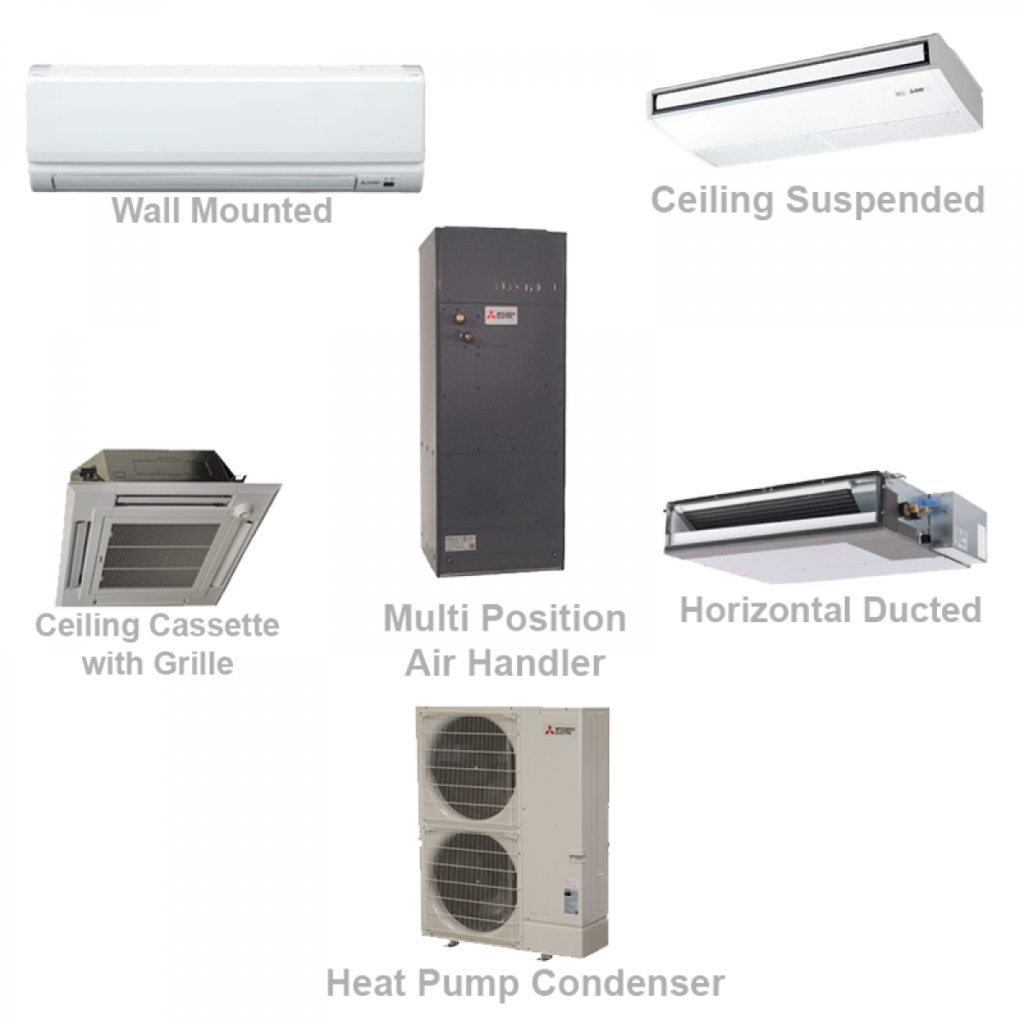It is often assumed that the bigger the heating or cooling system, the more comfortable you and your family would be. Bigger HVAC systems are more powerful, and therefore more capable of producing desirable temperatures.
Alternatively, many homeowners opt for small systems for the size of their home, believing they would be able to save dimes on energy because of smaller capacity and supposedly lesser power usage.
Although there is nothing wrong with such presumption, you need to be on guard when determining residential heating and cooling equipment’s correct size. Sometimes, it becomes all the more important to repair your system or buy a new one to avoid higher energy bills. So, take all crucial aspects about sizing into consideration before going for a central air conditioning installation in Brooklyn.
Why Proper HVAC Sizing Matters for Your Home’s Comfort in Staten Island & Brooklyn
Bigger is not always better with HVAC systems:
Now, it would be unwise to assume that bigger will always perform better. That might not be the case always. Not all oversized HVAC systems cool or heat any given space, as well as they should. That’s because they heat or cool quickly, the compressor and ventilation fans shut off. This recurrent action of on/off is known as short cycling.

A short cycling HVAC system can barely perform better, thereby providing stale, stuffy, and more humid air in the home. Over time, all this short cycling leads to pollutant buildup and possibly fosters mold growth. The worst part of it is that it causes all these problems, consuming more energy and shortening your system’s life.
Smaller may not be satisfying:
Discarding bigger does not mean grabbing smaller. Central air conditioning installation in Staten Island is a complex process. The idea of installing an undersized HVAC system is almost akin to bringing a compact car to a monster truck arena. A unit that is too small for the home can leave your home too warm or too cold. Even if it has to perform, it will have to deliver harder than it is designed to, and it will be time-consuming. No wonder working beyond the system’s ideal cycle length may have a toll on the system, thereby leading to unfortunate repairs and replacement.
What is HVAC Right-Sizing:
So, what’s the right size for your home? Simply put, it’s about choosing a unit that is appropriately sized for the family. Determining the system’s size also requires consideration regarding the house’s size and configuration, orientation, window locations, air tightness, insulation levels, etc. There are also other calculations you may need to conduct to determine which system would meet the heating and cooling needs of your home.

Simone Arnica is the certified and more than 35 years experienced HVAC expert from Arnica Heating and Air Conditioning Inc. suggesting maintenance tips for the HVAC system to protect it from early damage, unwanted maintenance cost and also to save on energy cost. Follow the blog to learn how it can be done easily.





Leave a Reply
You must be logged in to post a comment.